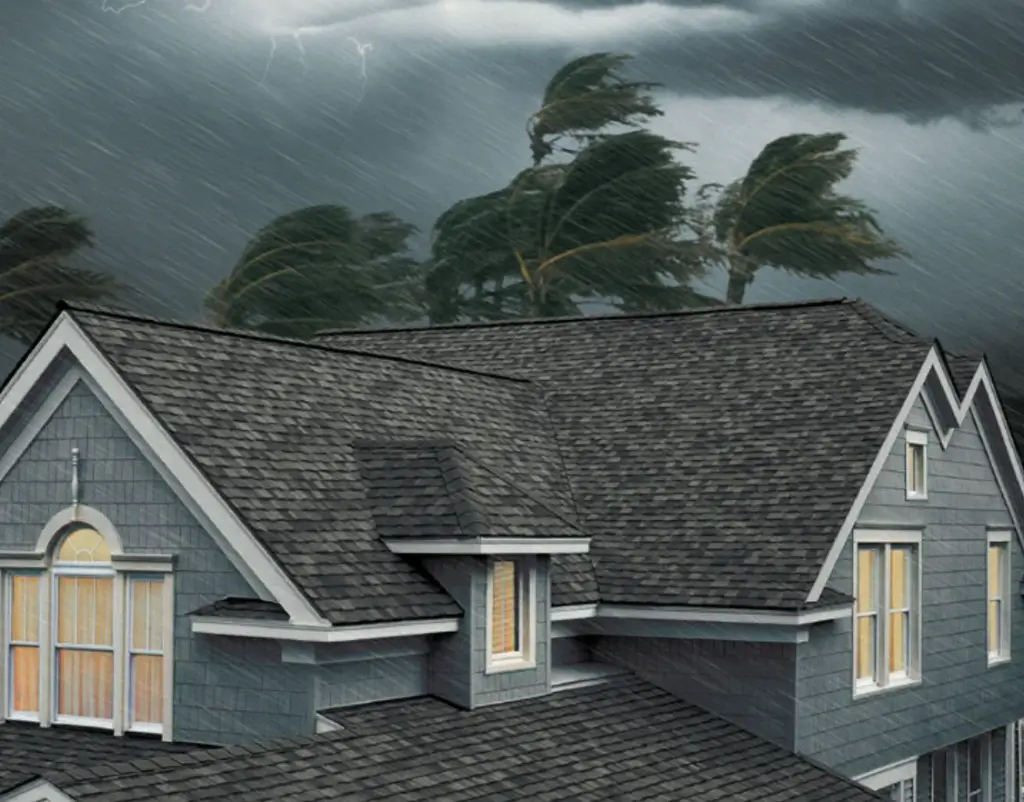Florida’s unpredictable weather often brings storms that can cause significant damage to your roof. Whether it’s high winds, heavy rain, or flying debris, your roof is always at risk during a storm. Knowing what to do if you notice roof damage is crucial to avoid further issues and protect your home. In this blog, we’ll guide you through the steps to take after discovering roof damage.
1. Prioritize Safety First
Your safety should be your top concern after a storm. Before inspecting any damage, make sure that the storm has fully passed and that it’s safe to go outside. Avoid climbing onto the roof yourself, especially if there are visible signs of structural damage, as the roof could be unstable.
2. Perform a Visual Inspection from the Ground
Once it’s safe, perform a visual inspection of your roof from the ground. Look for obvious signs of damage, such as:
- Missing or broken shingles
- Dented or damaged metal panels
- Flashing that has become loose or torn
- Tree branches or debris on the roof
- Water stains on exterior walls
If you notice any of these signs, it’s essential to act quickly.
3. Document the Damage
Take clear photos and videos of any visible damage. This documentation will be helpful when filing an insurance claim or when working with your roofer. Include close-ups of problem areas like missing shingles, dents, or any signs of leaks inside your home, such as water stains on ceilings or walls.
4. Call a Professional Roofer for an Inspection
After a storm, the best course of action is to contact a professional roofer to inspect your roof for hidden damage. Some storm damage, like leaks or weakened structures, may not be immediately visible from the ground. A certified roofer will be able to identify these issues and provide a detailed assessment.
5. Temporary Solutions to Prevent Further Damage
If your roof has suffered serious damage and you’re waiting for a roofer, it’s important to take steps to prevent further issues. You can:
- Use a tarp to cover exposed areas to prevent water from leaking into your home.
- Clear debris from gutters and downspouts to avoid water buildup.
- Remove loose branches or objects that could cause additional damage.
While these are temporary measures, they can help minimize further damage while you wait for repairs.
6. File an Insurance Claim
If the damage is significant, you’ll want to file an insurance claim as soon as possible. Follow these steps:
- Contact your insurance company and report the damage.
- Submit your documentation, including the photos and videos you took.
- Schedule an adjuster to visit your property for an inspection.
Your roofing contractor can also assist you during this process by providing an estimate and working with your insurance company.
7. Schedule Roof Repairs or Replacement
Once your claim is processed and approved, work with a licensed roofing contractor to repair or replace the damaged sections. Depending on the severity, you might need a full roof replacement or smaller repairs. Either way, choosing a reputable contractor will ensure the job is done correctly.
Conclusion
Storm damage can be stressful, but knowing the right steps to take can save you time, money, and future headaches. At Legion Roofing and Construction, we specialize in storm damage repairs and will work with you to restore your roof and protect your home. Contact us today for a FREE roof inspection and let us help you secure your home after the storm.

